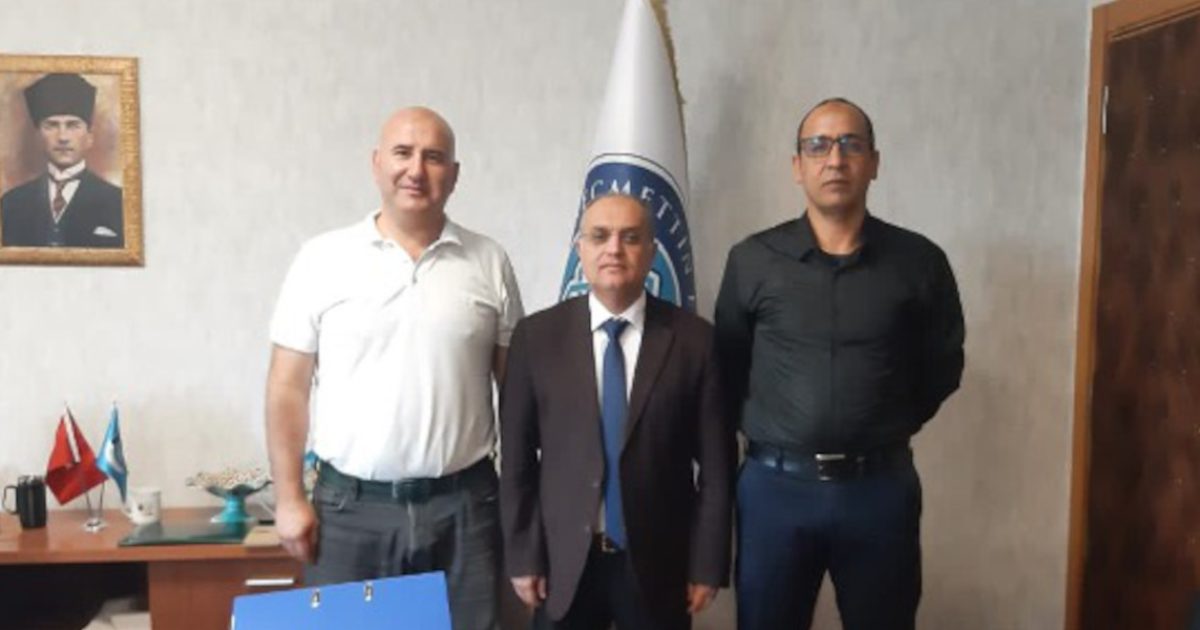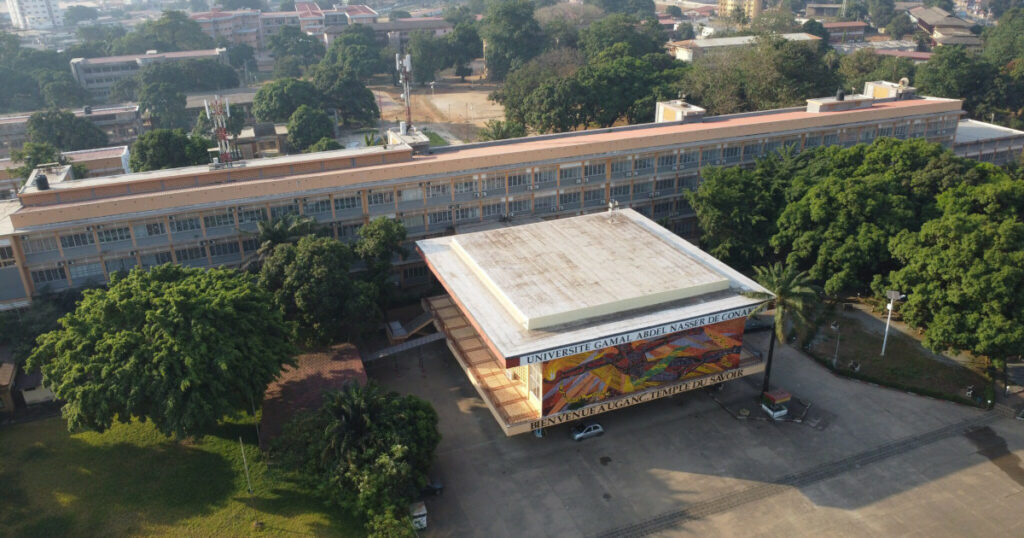A team from ENSAM Casa in Morocco harness their numerical simulation capacities to develop a third-generation solar cell with Turkish colleagues
Fossil energy usage for industrial activities and transport contributes to the warming of the planet. Windmills and photovoltaic solar cells are two examples of renewable energy solutions that are ideal for windy or sunny areas. To speed up their progress, emerging countries must expand their terrestrial and spatial influence areas (space, desert, sea, mountains, and so on). These nations are continually increasing their spending in research and development activities, targeting specific areas depending on the available man-power and economic resources.
In addition, efforts are devoted to sharpening technical skills, sharing knowledge and technologies beyond national boundaries, and promoting international cooperation. In this context, a Moroccan-Turkish scientific project aims to prepare p-i-n solar cells in a complementary collaboration between researchers from both countries at the theoretical and experimental levels. Moroccan researchers at ENSAM CASA (Ecole Nationale Supérieure des Arts et Métiers Casablanca) contribute their expertise in modeling and simulating physical events within photovoltaic solar cells while Turkish scientists at BİTAM (Research and Application Center of Science and Technology) develop optoelectronic devices employing thin film technology to produce third-generation solar cells, which are yet not widely marketed.
Taking Advantage of the Predictive Power of Theory
The goal of this research is to develop a p-i-n based solar structure (p-GaN/InxGa1-xN/n-GaN) for wide-ranging application situations. A gradual increase of Indium (In) composition in the InxGa1-xN intrinsic layer causes absorption over a broad portion of the solar spectrum because the band gap energy changes along the layer. Modeling and simulation are, therefore, essential as they offer the possibility of computing and designing different cells and, hence, allow rational design. Furthermore, the standard thin film methods known in the literature are costly and difficult to implement for the commercialization of InGaN-based solar cells. To lower the cost of cell preparation, the Turkish and Moroccan teams work together to resolve this issue:
- After the Turkish team shares the first photovoltaic measurement findings, the Moroccan team will use these data as input parameters to develop models.
- The Moroccan team will perform numerical simulations, including a larger set of input parameters to identify or predict the optimal models.
- The Turkish team will utilize this knowledge to make a final photovoltaic device that will be tested in a vacuum at temperatures between 77 K and 500 K to simulate space and desert conditions.
Experimental Procedure
The collaboration initially created clean GaN, Mg-doped GaN, Si-doped GaN, and InxGa1-xN layers on glass and sapphire substrates. The properties of single-layer films are determined using Grazing Incident X-Ray Diffraction (GIXRD), Raman spectroscopy, Fourier Transform InfraRed Spectroscopy (FTIR), film thickness measurement, Hall effect measurement, Field Emission Scanning Electron Microscopy/Energy-Dispersive X-ray Spectroscopy (FE-SEM/EDS), Optical Profilometry, and UV-Vis-NIR (UV-Visible-Near Infrared) spectroscopy. The link between preparation parameters (e.g., concentration, heating, and time) and film qualities are identified so that each layer is produced in accordance with theoretical suggestions.
Expected Impact
This initiative addresses the requirement for many strategic goals recently established by the Moroccan and Turkish governments. Nitride-based solar cells are very stable in hostile settings such as temperature, corrosion, and mechanical stress, making them suitable for producing sustainable energy under extreme conditions [1] [2] [3] [4] [5] [6]. The know-how gained through this project will support the Turkish government’s space and Antarctic programs, as well as the Moroccan government’s development of power plants in the Sahara Desert and desalination plants on the Atlantic Ocean shoreline, thereby accelerating the energy and economic transition to a depolluted model.
A Parallel Opportunity for Capacity Building
Furthermore, each group shares its knowledge and scientific expertise through two training sessions and two workshops scheduled in each nation throughout the project’s lifespan. Post-graduate students and scientists from local universities will also be welcomed to these meetings. As a result, this relationship will provide a chance to stimulate and teach young researchers while also expanding the expertise of proven scientists. By the end of this project, the current Technology Readiness Level (TRL) of such InGaN-based photovoltaic cells is predicted to have improved from TRL3 to TRL4. TRL is the scale used to assess the technological maturity of an innovation before its operational implementation. Furthermore, more comprehensive work will be planned to accomplish TRL7 in the future, specifically the construction of an integrated pilot system.
Haddou El Ghazi, Hassan 2 University, Morocco
This article has been published by the African Physics Newsletter in April 2025. It is reproduced with the authorization of the American Physical Society.




